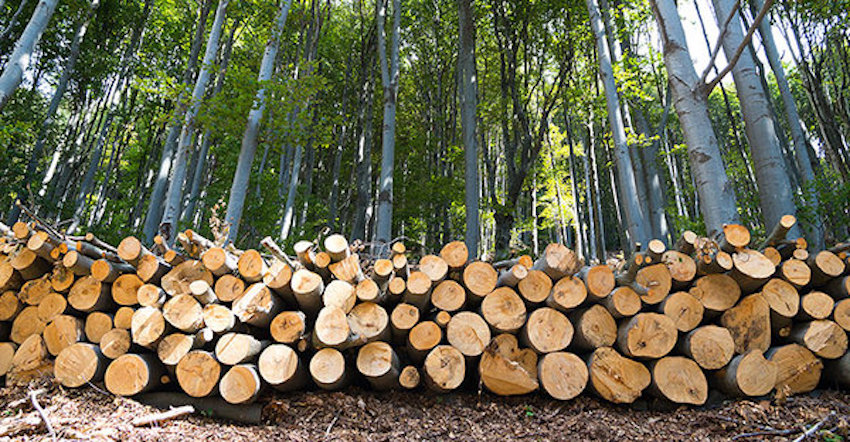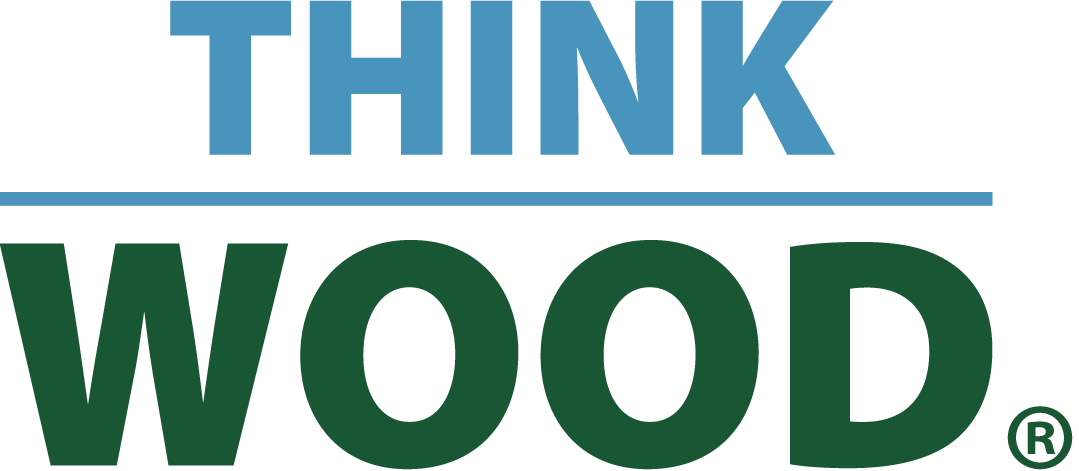A Hybrid Approach: Combining Mass Timber with Steel and Concrete
Sponsored by Think Wood
Learning Objectives:
- Describe the environmental attributes of mass timber.
- Describe typical mass timber products, such as cross-laminated timber, glue-laminated timber, and laminated-veneer lumber and explain how they are manufactured and outline their performance characteristics.
- Describe how these mass-timber products are typically used in a range of construction typologies, including low-rise and tall structures.
- Identify components that are often made of steel or concrete in mass-timber hybrid structures and explain why.
Credits:
This course can be self-reported to the AIBC, as per their CE Guidelines.
As an IACET Accredited Provider, BNP Media offers IACET CEUs for its learning events that comply with the ANSI/IACET Continuing Education and Training Standard.
This course is approved as a Structured Course
This course can be self-reported to the AANB, as per their CE Guidelines
Approved for structured learning
Approved for Core Learning
This course can be self-reported to the NLAA
Course may qualify for Learning Hours with NWTAA
Course eligible for OAA Learning Hours
This course is approved as a core course
This course can be self-reported for Learning Units to the Architectural Institute of British Columbia
This course is approved as a Structured Course
This course can be self-reported to the AANB, as per their CE Guidelines
Approved for structured learning
Approved for Core Learning
This course can be self-reported to the NLAA
Course may qualify for Learning Hours with NWTAA
Course eligible for OAA Learning Hours
This course is approved as a core course
This course can be self-reported for Learning Units to the Architectural Institute of British Columbia
This test is no longer available for credit
With increasing frequency, design teams are turning to mass timber for its environmental attributes and natural warmth, as well as to speed construction. Sometimes, however, a hybrid structural solution might be a better fit, depending on local regulations, performance requirements, or architectural ambitions. Join RECORD and a panel of experts to explore a selection of exemplary projects—at a variety of scales and encompassing a range of building types—that combine mass timber with concrete or steel to create hybrid systems and make the most of each material.

















